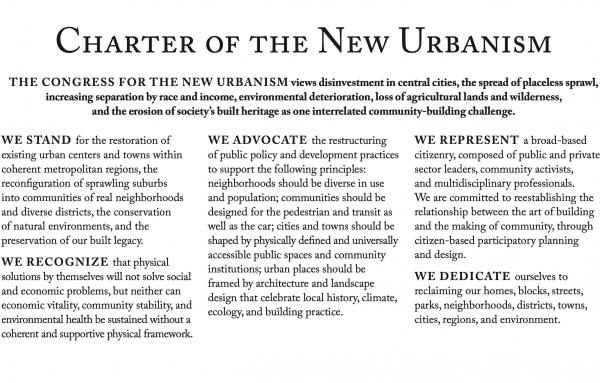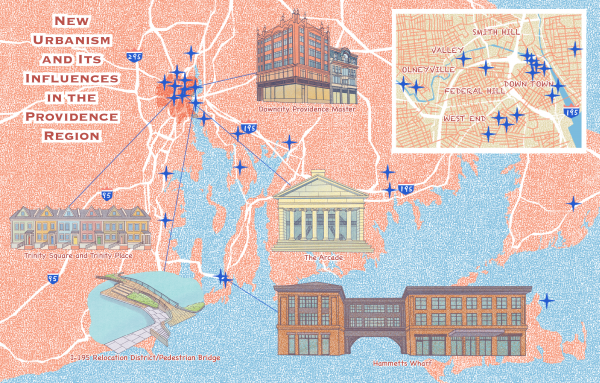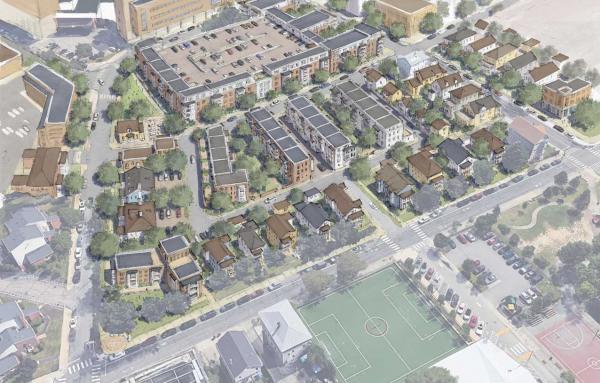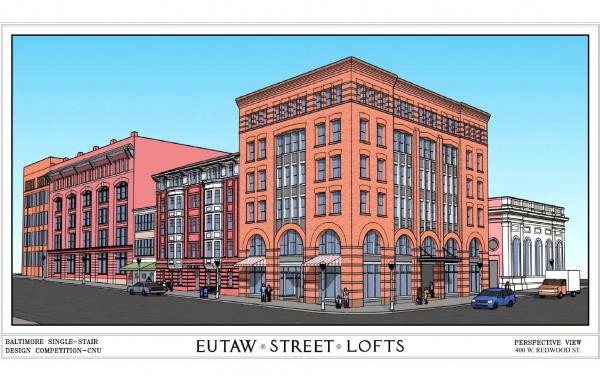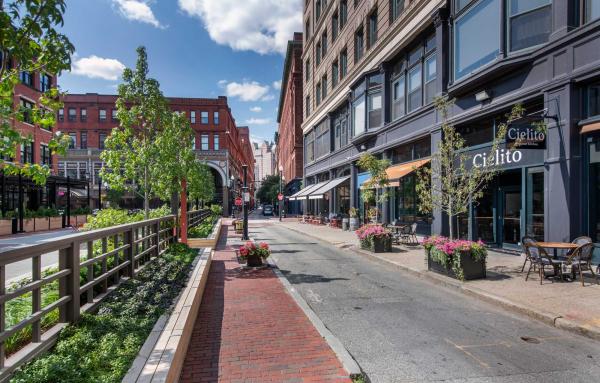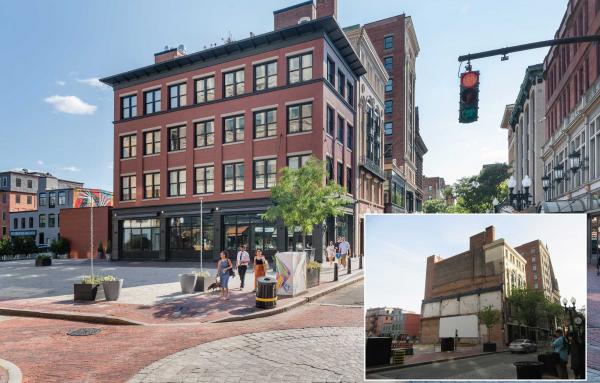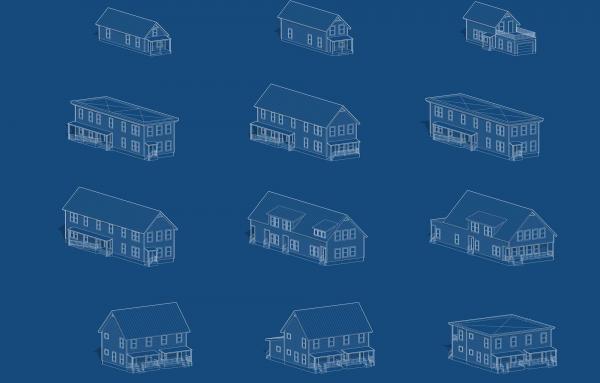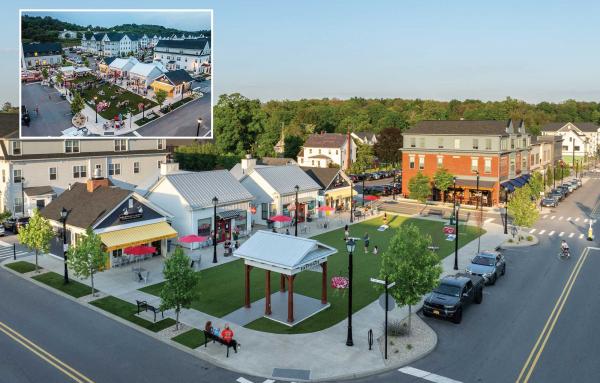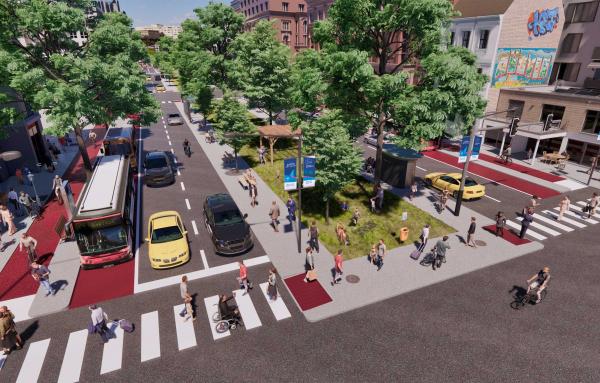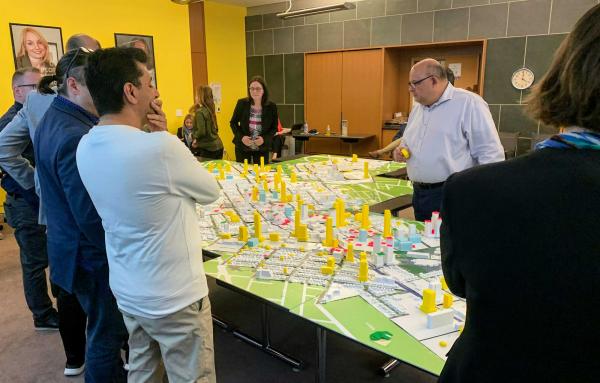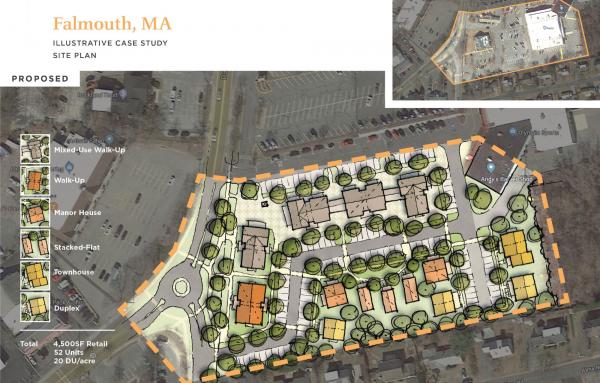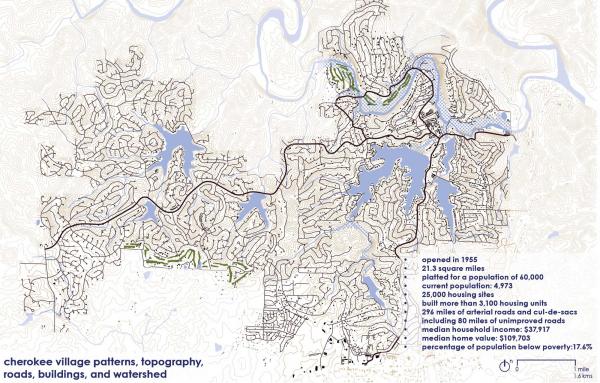RECENT ARTICLES
In her opening remarks at CNU33 in Providence on Thursday, organization President Mallory Baches defines the meaning and importance of principled regional planning.
A map reveals the growing New Urbanist influence throughout New England.
The Providence Community Health District envisions up to 2,000 new living spaces in a mixed-use neighborhood surrounding major health institutions.
CNU Mid-Atlantic’s Baltimore Single-Stair Design Competition shows the value of single-stair types in mid-rise buildings on infill sites, but more work needs to be done.
Downcity Providence Master Plan in Providence, Rhode Island, created a blueprint for downtown vitality. DPZ CoDesign and Cornish Associates won a 2025 CNU Charter and Generational Project Award in the Neighborhood, District, and Corridor category.
Revitalization of Westminster Street in Providence, RI, balances development and preservation to build economic and social life downtown. Union Studio Architecture & Community Design won a 2025 CNU Charter Award in the Block, Street and Building category.
Vermont Homes for All Toolkit provides statewide support for Missing Middle housing. Utile, Inc. won a 2025 CNU Charter Award in The Region: Metropolis, City and Town category.
Eastdale Main Street Village in Poughkeepsie, New York, establishes a new growth pattern on a low-density strip corridor. Union Studio Architecture & Community Design won a 2025 CNU Charter Award in The Block, Street, and Building category.
The report highlights bad freeway planning decisions and how damaged cities can be healed.
Growing Together in Kitchener, Ontario, Canada, employs robust public engagement to accommodate a half-century of growth around transit stations. The City of Kitchener won a 2025 CNU Charter Award in The Region: Metropolis, City and Town category.
Cape Cod Resiliency: Missing Middle changed the perception and implementation of housing on Cape Cod, Massachusetts. Union Studio Architecture & Community Design won a 2025 CNU Charter Award in The Region: Metropolis, City and Town category.
A Framework Plan for Cherokee Village envisions retrofitting a partially built 20th-century new town. University of Arkansas Community Design Center won a Merit Award in The Region: Metropolis, City and Town category of the 2025 CNU Charter Awards.
